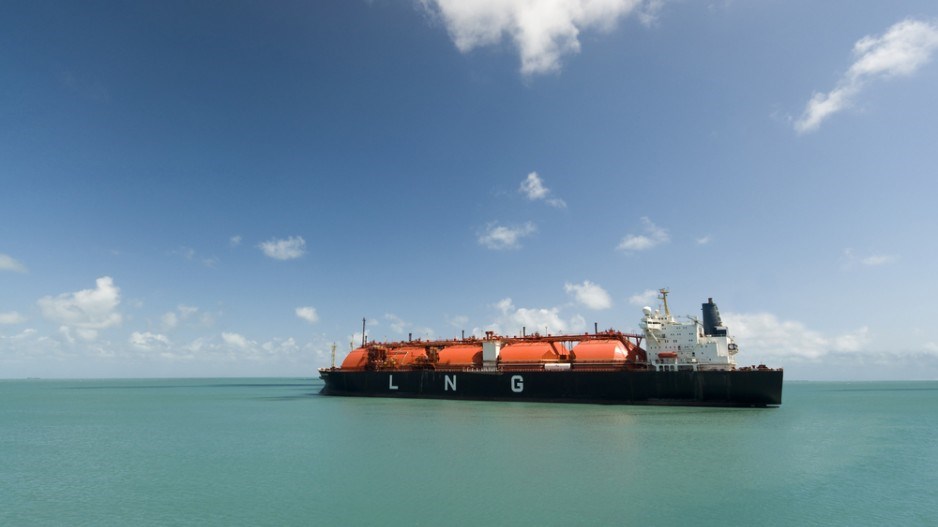In July, the United States forged ahead of B.C. with the first liquefied natural gas (LNG) export cargo from the Sabine Pass LNG Terminal on the U.S. Gulf Coast.
The 162,000-cubic-metre capacity Maran Gas Apollonia was routed via the newly expanded Panama Canal, cutting the sailing distance to Asia to 9,000 nautical miles from 16,000, which translates to a saving of around 23 days of transit time. Examples like this underscore that, despite slumping prices, our export competitors aren’t standing still.
Putting aside for a moment the macroeconomic and political factors that threaten B.C.’s nascent LNG industry, the opponents of LNG exports from B.C. continue to campaign in part on presumed threats to the environment. One frequently cited example is that the transport of LNG by marine vessels poses an undue risk to the environment and to people and that an increase in such voyages will inevitably lead to an increase in adverse incidents.
So what are the facts?
This sector of the marine industry has been in business for more than 50 years and has by now completed more than 77,000 incident-free voyages worldwide. As one small example, take the ever-expanding port of Barcelona in Spain, which has been operating an LNG import terminal since 1969 and is today one of the world’s largest cruise ship and regional ferry hubs. You’d think with a track record like that the industry would be given some credit. Although, here at home, not so much.
LNG carriers with their highly trained crews are amongst the world’s most technically advanced vessels with every possible aspect of safety and security management built into their construction.
The same applies to LNG terminals. Given the opportunity, LNG carriers on the coast of B.C. will be served by a minimum of two senior Canadian marine pilots, equipped with precision navigation tools, each of whom knows our coast like the back of his hand. Vessels will be escorted by powerful escort tugs to and from harbour limits, where they will be handled by purpose-built docking tugs leaving absolutely nothing to chance. These measures of extreme safety and precaution have been applied successfully around the world, and so the same standards and practices will be assumed in B.C. as well.
Whether we are discussing the safety of navigation in Howe Sound, Prince Rupert or Kitimat, the fact is that shipping has been a mainstay in support of local economic opportunity and job provision in those locations for many decades before the LNG opportunity came along. An LNG industry poses no threat to tourism, ferry schedules or quality of life – just take a walk along La Rambla in Barcelona if you have any doubts. Often used in recent times as a tool for opposition to energy exports, well-researched programs related to the protection of marine mammals will apply to all shipping on our coastline.
Make no mistake, shipping is a highly regulated industry whether at the international, national or individual port level. A culture of safety in all that we do is ingrained in our DNA as we acknowledge that the development of social licence hinges on this.
While there are challenges currently facing the LNG industry in B.C. from a social and economic perspective, the ability of the marine shipping industry in B.C. to safely guide LNG tankers through our waters isn’t one of them. The proof lies in its proven safety record, robust and multi-jurisdictional regulatory regime, and stringent pilot certification and training requirements. If the aforementioned challenges can be overcome, B.C.’s marine pilots are ready and able to prove the point. •
Capt. Stephen Brown ([email protected]) is an independent marine consultant with West Pacific Marine Ltd. and a former president of the Chamber of Shipping of British Columbia




